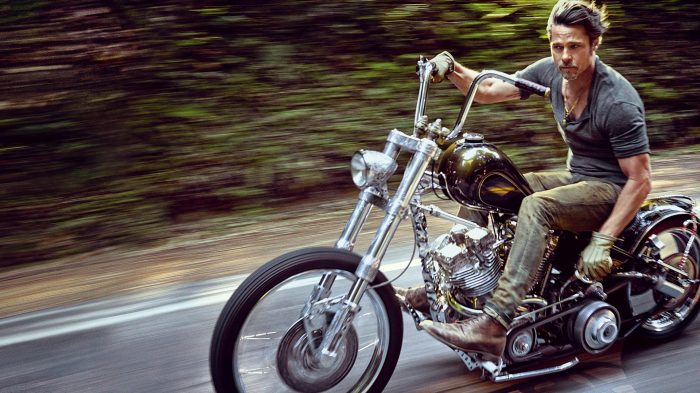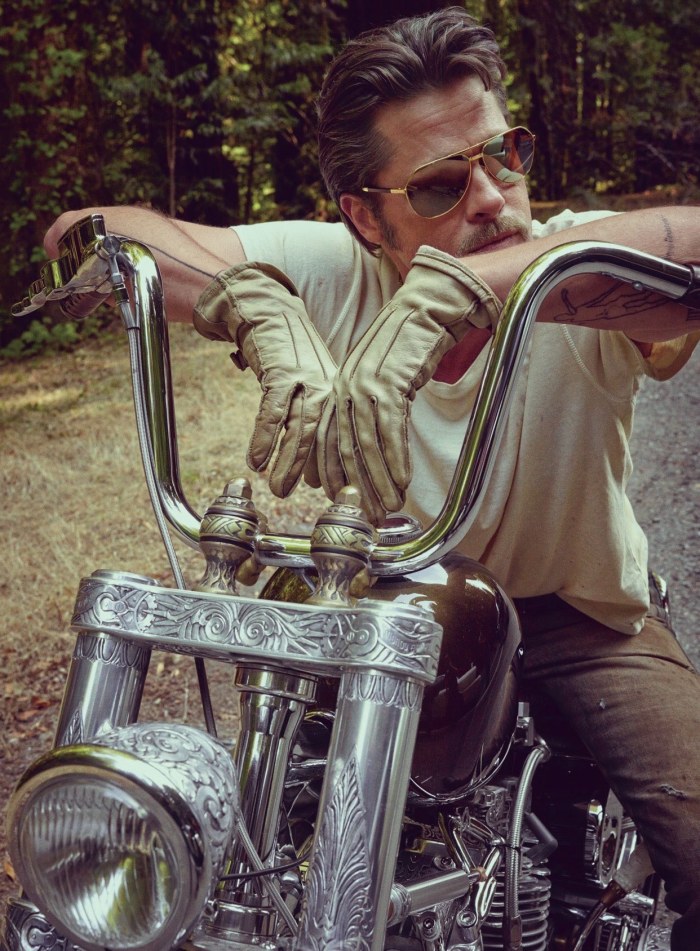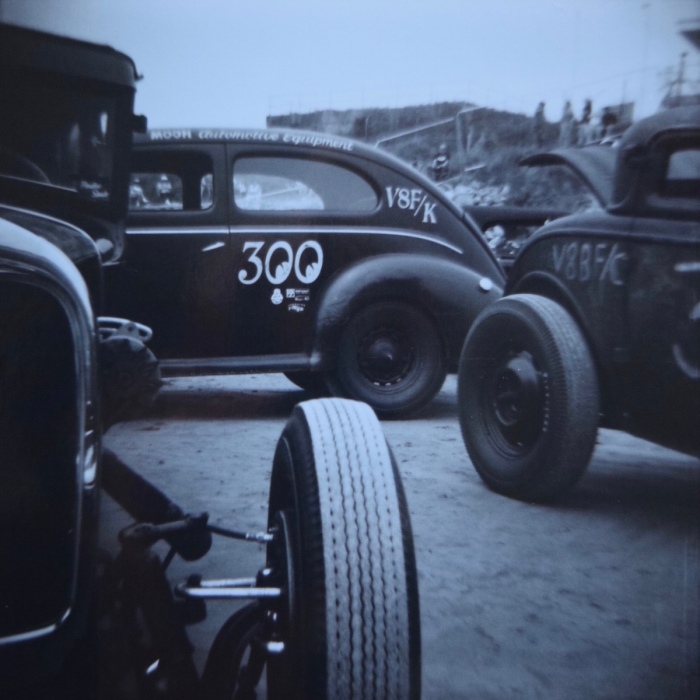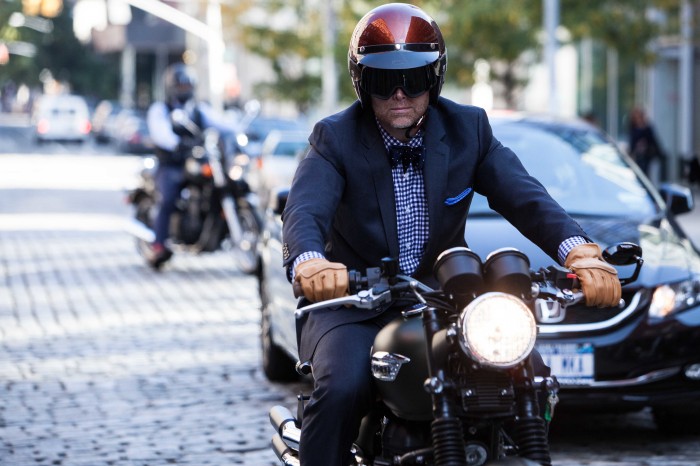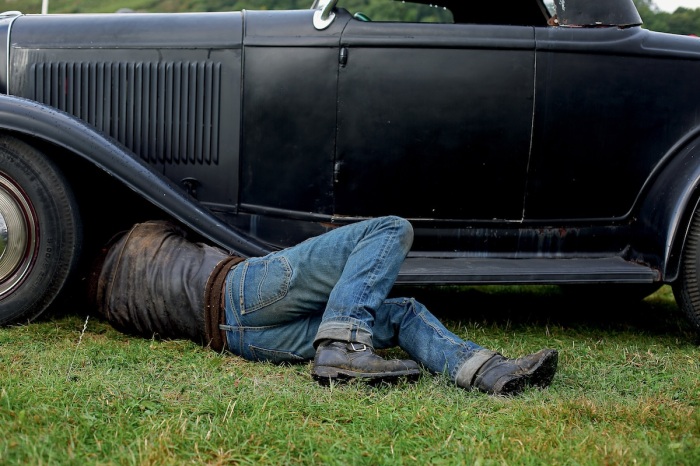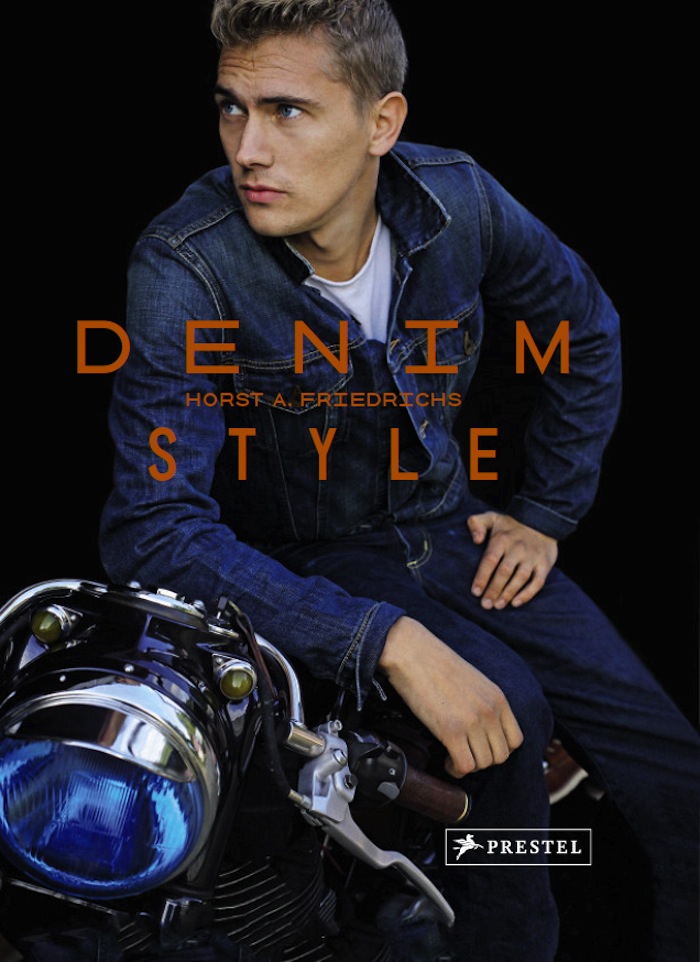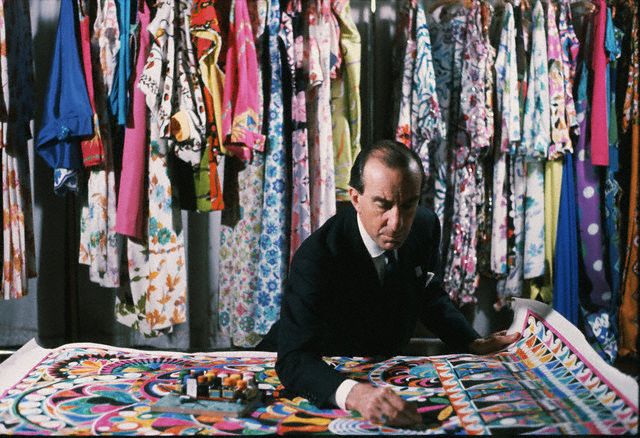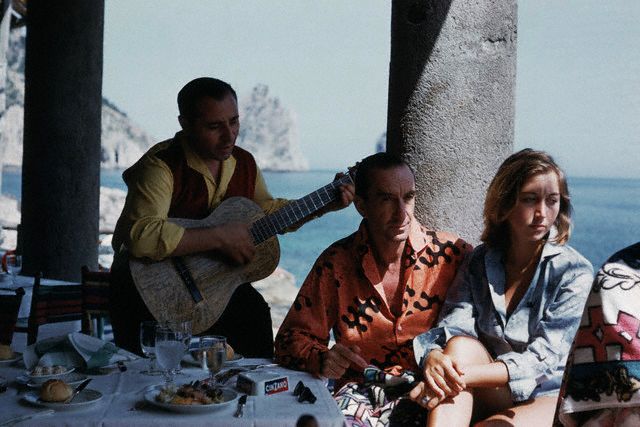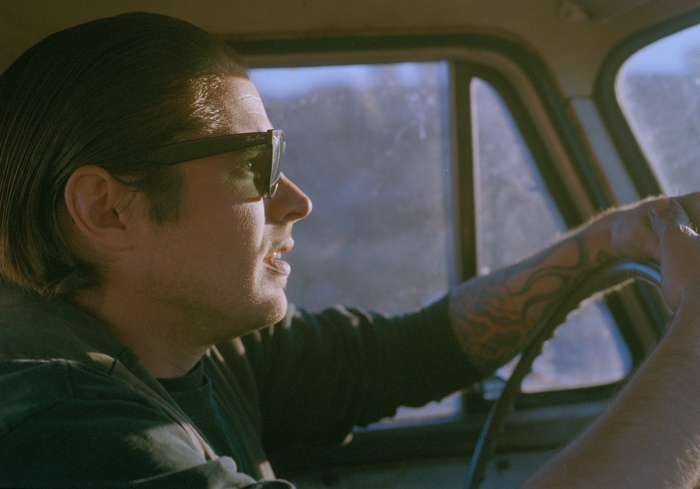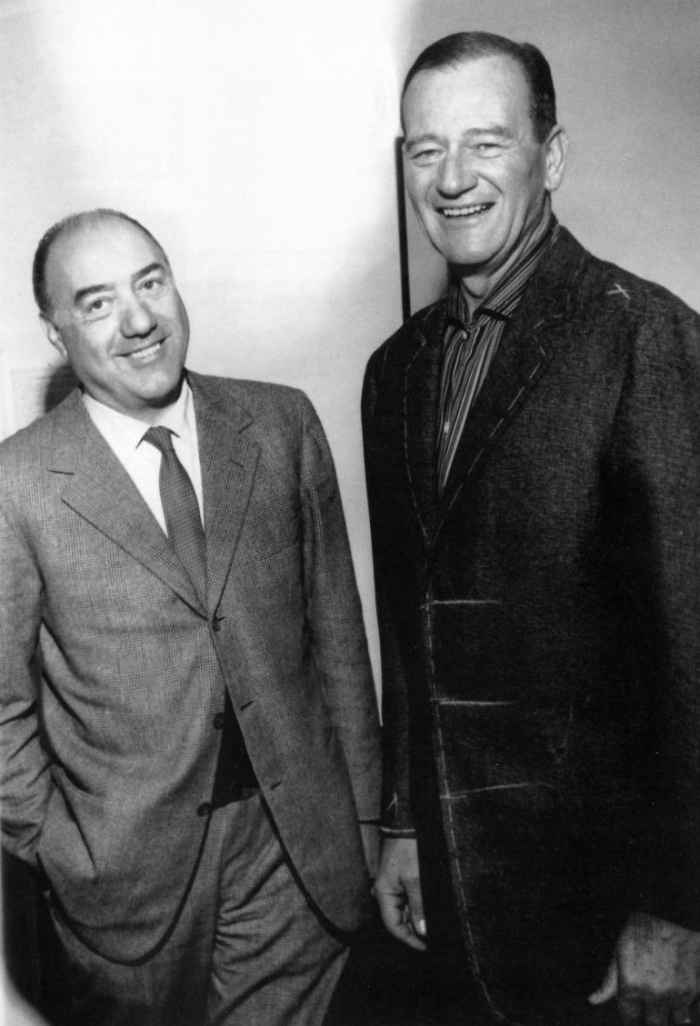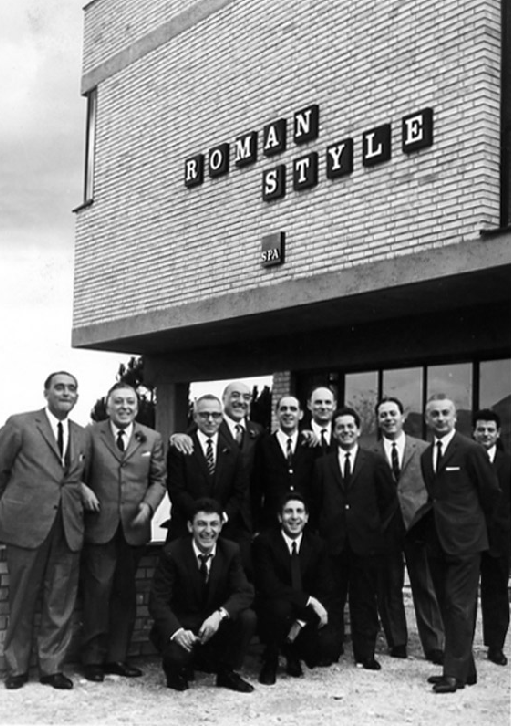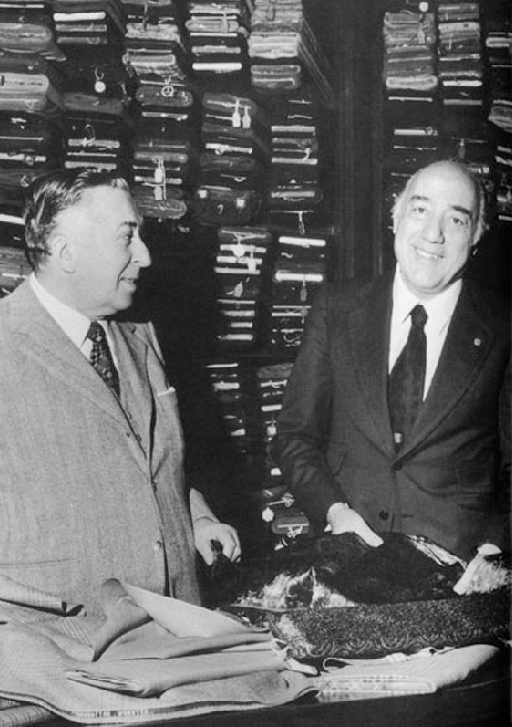“Clothes were where my aesthetic instincts came out then. They helped make the group accessible.”
–Paul Simonon
~*~
Back in 1976, it was the wily manager, Bernie Rhodes, who instructed Mick Jones to recruit Paul Simonon into the group that would soon become The Clash, simply because he looked the part. “I was a bit Bowie, a bit suedehead back then,” says Simonon. “And, more importantly, I was at art college. Mick liked that. He was always big on pop history. He knew all about Stuart Sutcliffe, who was Lennon’s best mate in the early days of the Beatles, and a proper artist. I remember Mick introducing me to all his mates– ‘This is my new bass guitarist, Paul. He can’t play but he’s a painter.'”
The rest, as they say, is rock’n’roll history. Together, at Rhodes’s urging, they recruited Joe Strummer to the cause, and the Clash became the coolest punk group on the planet. When the London punk scene began, Simonon was a fledgling painter, fresh from Byam Shaw art college which, back then, was just up the road in Notting Hill. In the spirit of the times, he drip-painted his bass guitar in the style of Jackson Pollock and learned how to play by writing out the chords and sticking them on to the instrument’s neck. His reggae-influenced bass playing soon became integral to the group’s sound.
Simonon’s traditionalist approach to painting is surprising given that, within the often volatile creative dynamic of the Clash, he was the conceptualist, the one who paid most attention to the visuals, the image. He painted the backdrop to the Clash’s rehearsal studio, and designed some of the later stage sets, including the dive-bombing Stukas that echoed their often explosive performances. You could tell the Clash were art-school punks from the start, what with those shirts stencilled with slogans and that paint-splashed bass guitar.
“That was the art student in me trying to find a look that would make us stand apart from the Sex Pistols,” he says, laughing. “The Buzzcocks were very Mondrian, and we were Pollock. As a painter, though, I’m essentially old-fashioned. Conceptualism just doesn’t do it for me. I love Walter Sickert, Samuel Palmer, Rubens and Constable. That’s just the way I am. I love putting paint on canvas, getting lost in the process of painting.”
–Sean O’Hagan
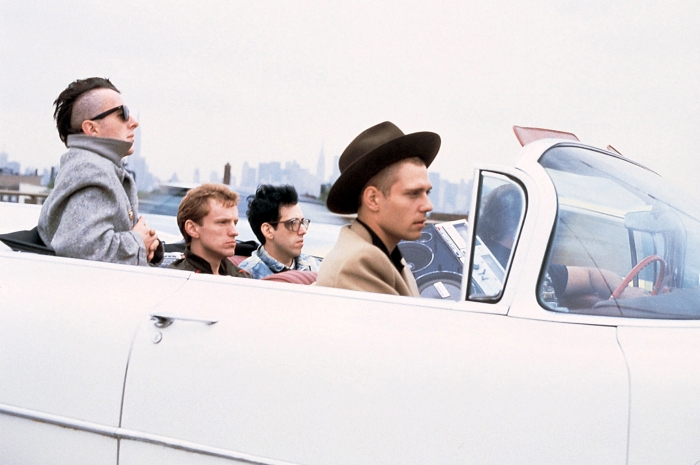
The Clash, 1982– Joe Strummer, Terry Chimes, Mick Jones & Paul Simonon. –photo by Bob Gruen
–

The Clash, 1982– Joe Strummer, Terry Chimes, Mick Jones and Paul Simonon. –photo by Bob Gruen
–
Continue reading →
